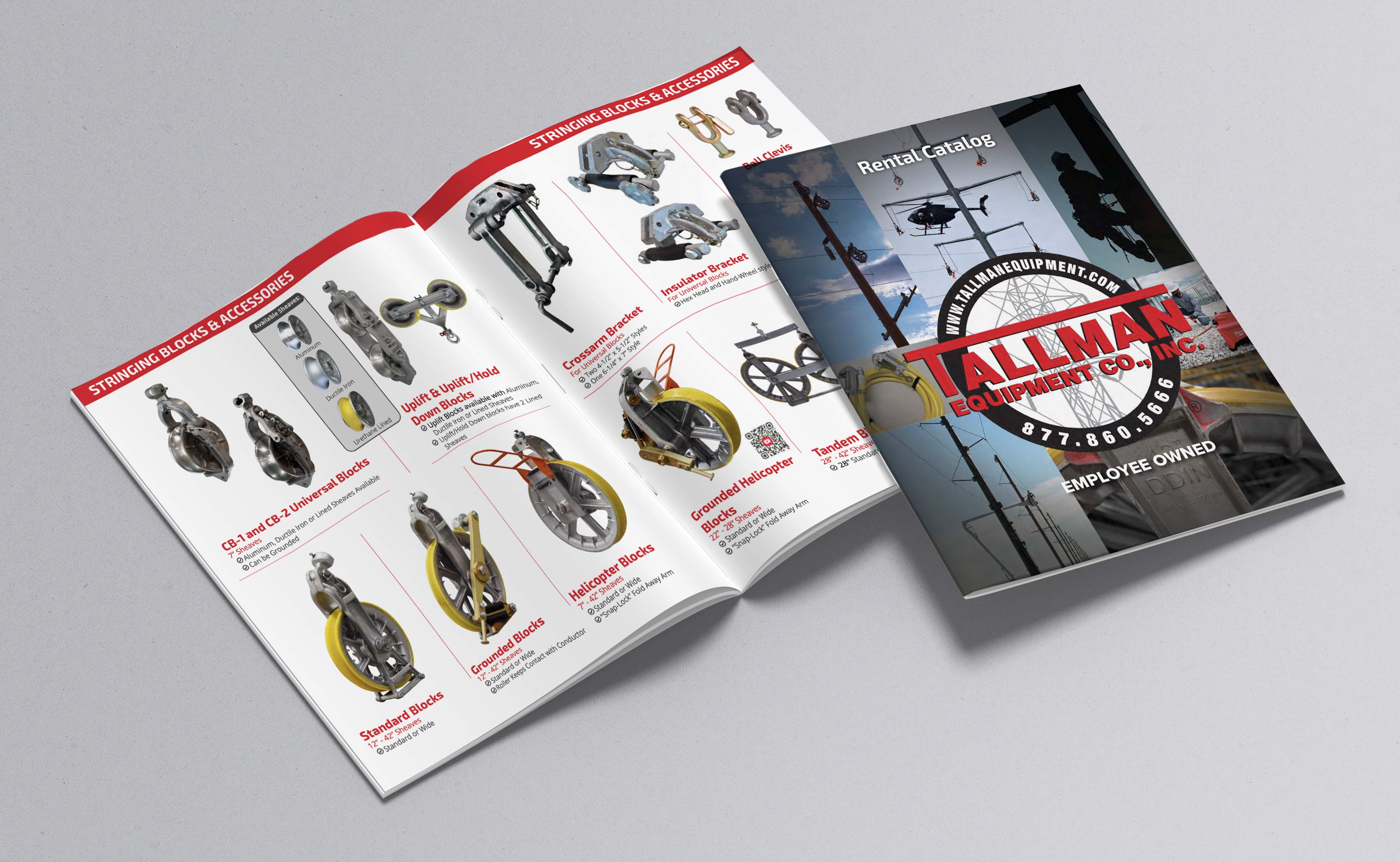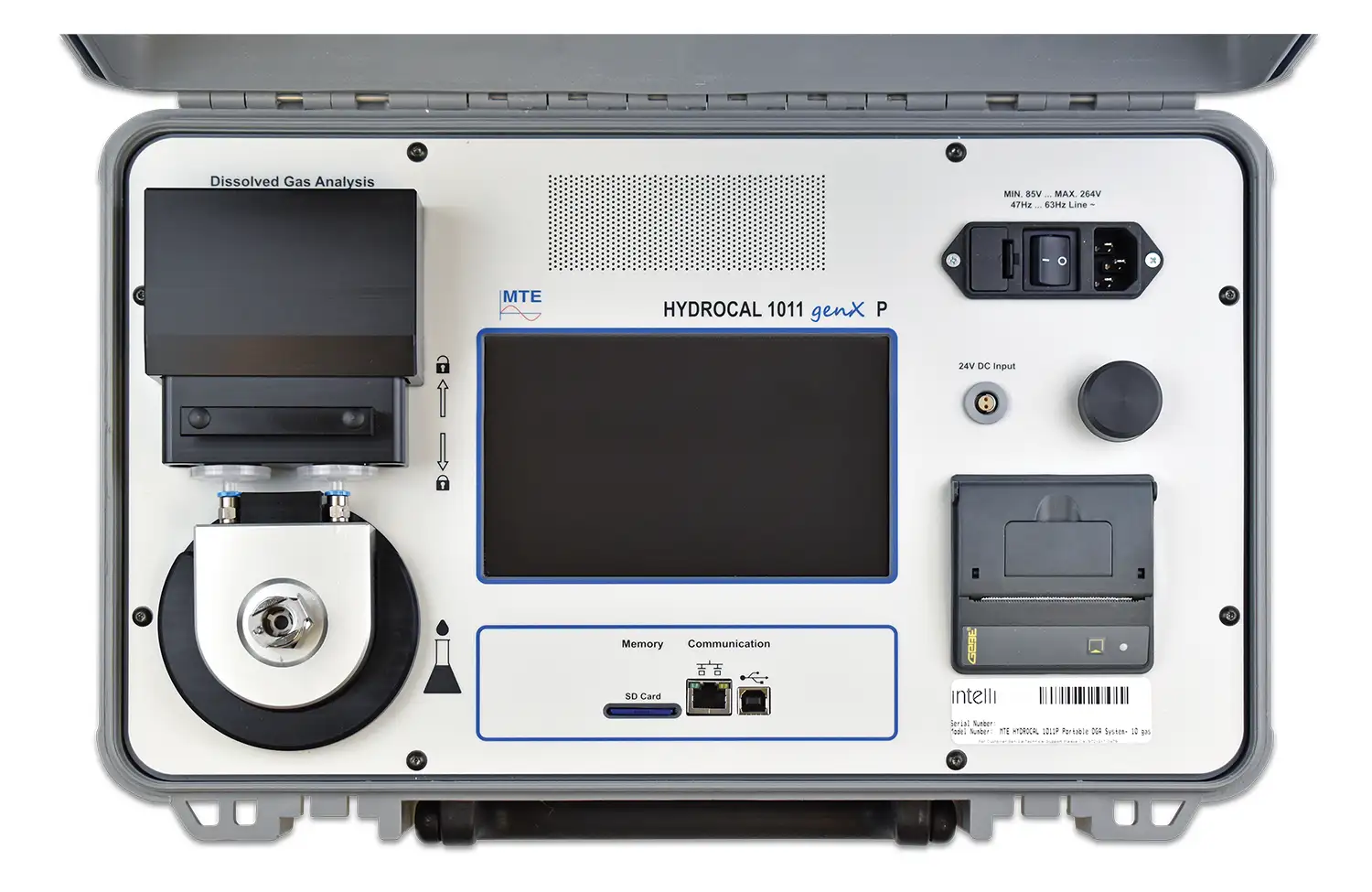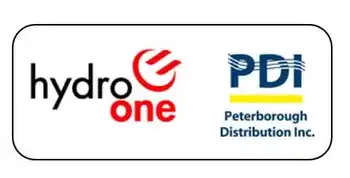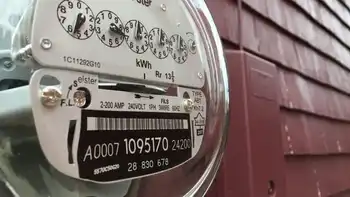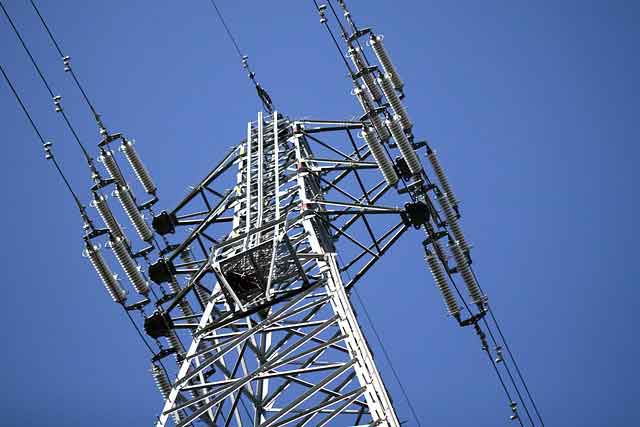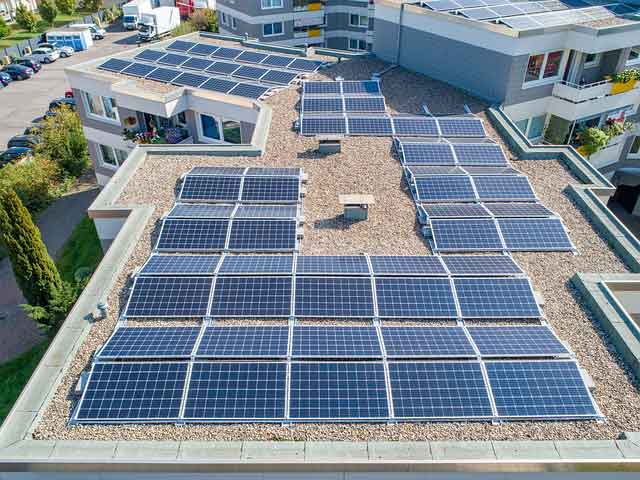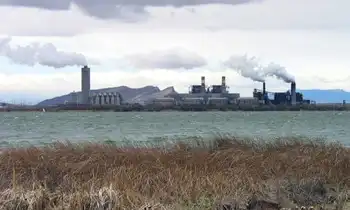TEPCO to use carbon market
By Reuters
Protective Relay Training - Basic
Our customized live online or in‑person group training can be delivered to your staff at your location.

- Live Online
- 12 hours Instructor-led
- Group Training Available
TEPCO, Asia's biggest utility, is already one of the top buyers of globally traded carbon credits under the protocol's market schemes to help Japan, the world's No.5 greenhouse gas emitter, to meet its Kyoto commitments.
TEPCO redeemed 24.8 million tons of such credits to offset 20 percent of its CO2 emissions in the past year.
It is now considering how to meet a tough CO2 intensity goal that a 10-company industry lobby, the Federation of Electric Power Companies of Japan, has voluntarily committed itself to achieving in the year starting in April 2020.
"We see a rocky road ahead as the industry-wide 2020 target will need to be met mainly by our own efforts," Yoshihiro Kageyama, general manager of TEPCO's environment department, said at the Reuters Global Climate and Alternative Energy Summit.
But he did not say when the company's 2020 target would be announced.
"We'll set a new target in a bottom-up approach of what we can do by ourselves first. If it's no good under certain conditions, we'll have to use a scheme to supplement it with something similar to carbon credits... that we now use to meet our target under the Kyoto Protocol," he said in an interview.
TEPCO's self-imposed goal for the 2008-2012 Kyoto period was in line with the power sector's target of generating 20 percent less CO2 per kilowatt hour per year on average than the 1990 level, which lets each firm use carbon credits from abroad.
The industry lobby has voluntarily set a CO2 intensity goal for the 2020/21 financial year of 0.33 kg of CO2 per kilowatt hour, compared with an actual 0.44 kg in 2008/09 and 0.42 kg in 1990/91.
If Japan's nuclear power run rate had exceeded 80 percent last year, instead of an actual 61 percent, the year's intensity rate would have been around 0.38 kg.
Many firms feel that if industry sets its own tough goal it could restrain the government's drive for more cuts of energy-origin CO2 by manufacturers. Power firms are a key emitting sector, accounting for 30 percent of greenhouse gas emissions in Japan.
TEPCO's actual per unit CO2 stood at 0.418 kg in 2008/09 and 0.380 kg in 1990/91.
It is not yet known when TEPCO will fully resume operations at its Kashiwazaki Kariwa nuclear plant, the world's biggest, after a 2007 earthquake forced it stop for checks and repairs, causing the company's nuclear running rate to fall below 50 percent, compared with 74 percent in 2006.
TEPCO plans to start two more integrated liquefied natural gas plants in the coming months to cut CO2 emissions. Its thermal power efficiency rate is now 46 percent. Raising that by 1 percentage point would cut 2 million tons of CO2 a year. The same rise in its nuclear run rate would cut 1 million tons.
Kageyama reiterated the company's opposition to a proposal by the incoming government, which takes office this month, to start a mandatory cap-and-trade scheme such as in Europe.
"It would hit companies' growth by imposing a higher cost burden on them by having to buy more credits," he said.
TEPCO's carbon credit redemption in the past year was larger than the combined figure for all German companies of 23.7 million tons.
Japanese companies, unlike their German counterparts, have no ceiling on the number of such credits they can use.
Japanese firms can also use Kyoto Protocol sovereign CO2 rights, called Assigned Amount Units (AAUs), to contribute to emission cuts in Japan.
AAUs are often the result of an industry collapse in former communist countries in the 1990s, unlike emissions cuts steps under the Kyoto Protocol's Clean Development Mechanism (CDM) in developing countries, which generate carbon credits called Certified Emission Reduction (CER).
Thus, most AAU buyers, including the Japanese government, have insisted that "Green Investment Scheme" clauses are included in contracts to avoid criticism.
"Our priority is on CDM projects. But if we don't agree to price, quality or volume we should look for alternatives," Kageyama said. "In the context of satisfying the volume we need, if necessary we may buy AAUs as well. We don't exclude AAUs from our buying scope," he said.
Asked if TEPCO had already bought or started talks with East European countries on AAUs, Kageyama declined to comment, or discuss the company's criteria for carbon credit purchases.
"AAUs are solid and they're also good to diversify country risk. But we should carefully check the greening process," he said.







